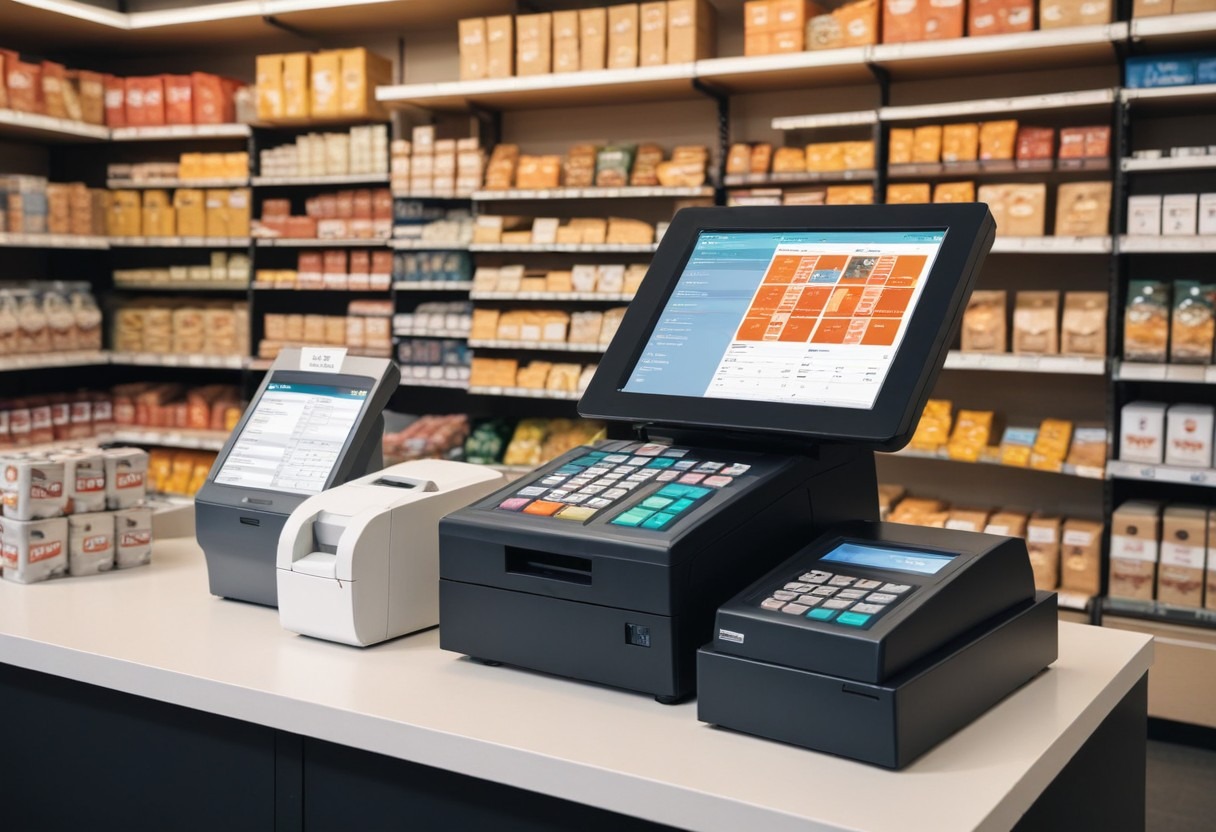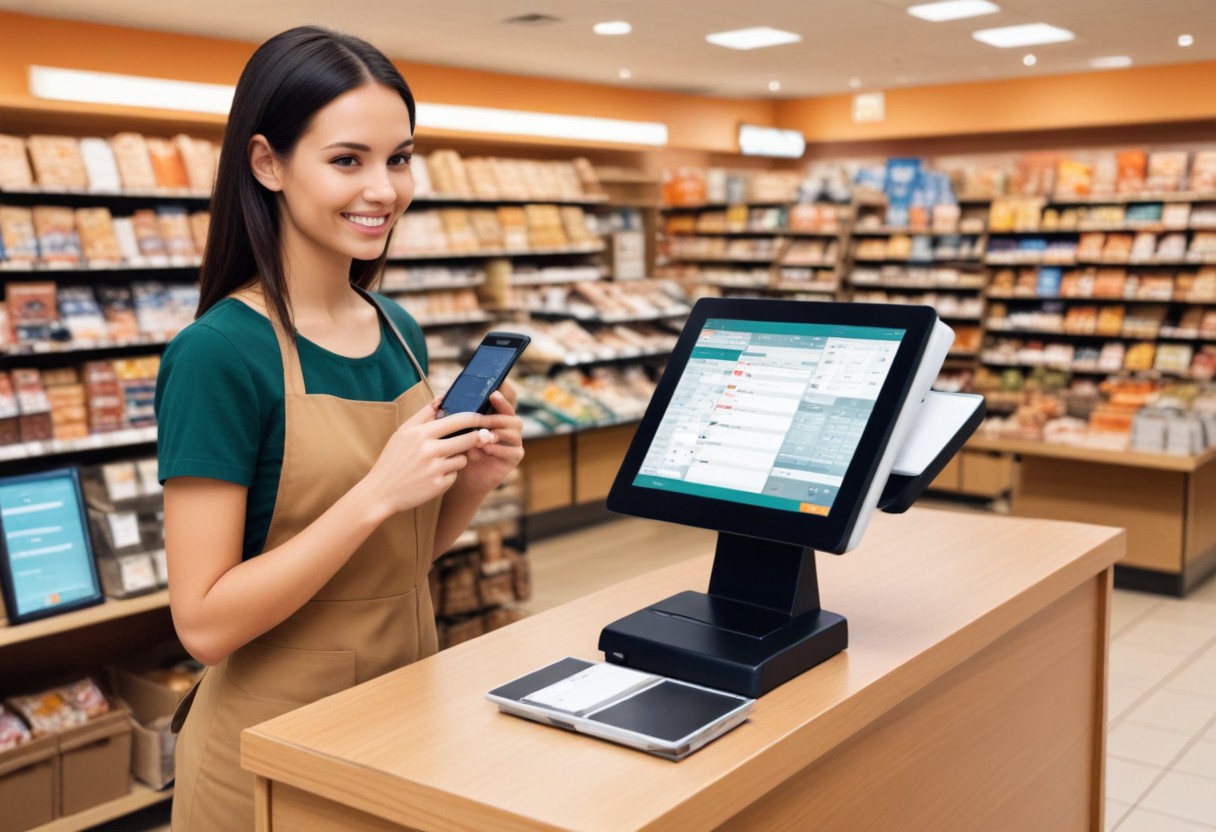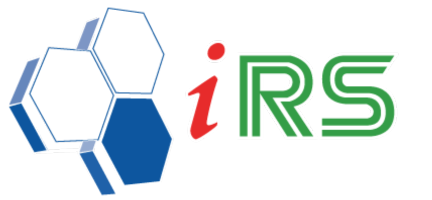POS System Software for Retail Stores
POS System Software for Retail Stores
POS System Software for Retail Stores – Time and today’s customer are the most crucial factors that must be worked upon in the current retail market. A POS is said to be one of the most important tools for achieving both a sales focus and an order focus. Based on the effective role of POS, this blog will discuss more about POS software in the retail stores, features, advantages, and the possible developments. It became evident that recognizing and realizing the right POS can turn a small gallery to a giant concept store or a small chain store into a giant wholesale mart and vice versa.

What is POS System Software?
POS system is a term that means several gadgets, and software that can be used in handling of sales in retail stores. In its simplest form, a POS organizes the sales data and records payments, as well as maintains the stock.
Key Components:
- Hardware: This includes the items like the cash registers, barcode scanners, receipt printers, card readers, and many others.
- Software: The software shall maintain records of the business’s sale and its transactions as well work as customer relation records and inventory records among others.
Traditional vs. Modern POS Systems:
- Traditional POS: Commonly, they are deployed on the premises’ servers, which is characteristic of simple transaction processing.
- Modern POS: Sometimes it is cloud-based offering more functions, such as real-time analysis, suitability for mobile devices, and other connections to business applications.
Importance of POS Systems in Retail
Thus, POS systems have become a necessity in the retail industry since it aids in the organization of activities as well the improvement of customer satisfaction.
Key Benefits:
- Streamlining Transactions: Easier time paying for goods thus greatly minimizing the time that is spent waiting in the queues.
- Inventory Management: Ability to track the stock status and doing notifications when the stock is almost depleted, the system auto set the reorder point.
- Customer Relationship Management (CRM): Such as customers’ vitals, their previous purchases, and campaigns tailored for the individual.
- Accuracy and Error Reduction: Reduction of human interfusion in the process of transactions and counting of stocks.
- Real-Time Reporting: Sales data and business performance in terms of key indicators is easily available at any time and from any place.
Key Features of POS System Software

Today’s POS is fully incorporated with numerous tools that are helpful in enhancing retail operations. They make not only effective processing of transactions but also provide intricate management of the numerous aspects of the company’s business, such as stock or customers.
Sales Tracking and Reporting
A good POS system includes the sales management features of detailed sales tracking and reporting.
Detailed Sales Reports:
- Daily Summaries: Summarized accounts by totals of daily sales, number of transactions, and the average of individual amount of sale.
- Itemized Sales Reports: A product’s breakdown of the sales that assist in figure out what products are popular and what products are not.
- Sales by Category: Uses the freely available sales records to dissect it with a view of which categories are responsible for the sales.
- Sales Trends: Records sales in the course of a particular period as it useful in predicting the future sales.
Inventory Management
British Retail Research claims that inventory management is an essential aspect of retail businesses, and POS systems provide the following options for this crucial process.
Real-Time Stock Levels
- Automatic Updates: Automatically changes the inventory status when there is a sale, return or restocking.
- Low Stock Alerts: Reminds the relevant personnel when inventory levels are low, or stocks are about to reach their minimum physical quantity.
Automated Reordering
- Reorder Points: It is used to automatically create purchase orders once the level of stock get to a given level.
- Vendor Management: Helps to control the suppliers and their orders experiences so that reordering of products will be easy.
Product Categorization
- SKU Management: Uses individual bar codes known as Stock Keeping Units (SKUs) for article tracking for an accurate stock requirement.
- Category Management: Divides products into some main groups and subgroups in order to have a better control and analysis of the stock.
Shift Scheduling
- Schedule Creation: Enables the manager to develop and alter the timetable of employees.
- Shift Swapping: Allows the employees to seek permission to swap or to take time off, in this case the employee is granted permission once the manager approves it.
Time Tracking
- Clock-In/Clock-Out: Uses time entered by employees through clock in and clock out facility for recording working hours of employee.
- Overtime Management: Supervises and oversees all overtime worked done and makes sure that laws of the land have been complied with.
Performance Monitoring:
- Sales Tracking: Assesses the ability of every individual employee in contributing to the company’s sales targets.
- Activity Logs: Stores all employee activities in the POS system, and gives managers an idea of the staff’s behavior at work.
Customer Management
Customer relation management is a way of boosting sales and customer loyalty, and POS systems offer a number of instruments to achieve this goal.
Loyalty Programs
- Points-Based Rewards: Enables the customers to be given points on their purchases which can be used to pay for other goods and services.
- Tiered Programs: Provides lower level of the given point-system in comparison with the higher level of spending, thus encouraging customers to spend more.
Purchase History
Customer Profiles: Includes personal customer data, and much important, their address and phone numbers, and buying preferences.
Personalized Marketing: Uses the records of the purchases in order to offer promotions and recommendations relevant to the customer.
Customer Feedback:
Surveys and Reviews: Captures the sentiments of customers directly on POS that assist in enhancing organization’s service delivery.
Integration Capabilities
It is integrated with other business systems to effectively enable operation and realization of efficient data flow.
E-Commerce Integration:
- Unified Inventory: Organizes inventory and avoids the situation of selling a product both online and offline at the same time.
- Order Management: Baltic has aptly located its order processing to centralize the processing of online and store orders.
Accounting Software Integration:
- Automated Bookkeeping: Saves time as it automatically feeds sales data into the accounting software minimizing the likelihood of inaccurate entries.
- Financial Reports: Compiles overall financial statements using POS and accounting information.
Marketing Tools Integration:
- Email Marketing: It integrates and synchronizes well with the platforms used to send promotional emails, usually in an automatic manner.
- Social Media Integration: Placed to link advertising accounts of social media sites for the promotion of services and products.
Payment Processing
A flexible POS system makes provision for many payment methods since the customers have different needs in the region.
- Credit/Debit Card Processing: Secure Transactions: Protects the payment process by making it secure and following the strict norms of payment gateways.
- EMV Chip Cards: Elaborates on EMV integration for credit cards for improved security.
Mobile Payments
- Contactless Payments: Supports payment through mobile phones and even wrist watches through Near Field Communication.
- Digital Wallets: Complements such financial applications as Apple Pay financial, Google Wallet, and the Samsung Pay wallets.
Cash Handling
- Cash Management: Monitors all the cash transactions and oversees cash tills in order to maintain proper handling of cash.
- Cash Reconciliation: Reduces the amount of time spent in the end-of-day, counting and confirming the cash.
Gift Cards and Store Credit
- Gift Card Sales: Also in charge of gift card sale and redemption.
- Store Credit: Products have problems, which include acting as storage for credits of returns/ exchange of commodities.
Through the advancement of these exhaustive options, Retail firms are able to come up with a series of improvements that can act in a positive way when it comes to the operations of their various businesses, workforce, and customers. Customization of today’s POS that incorporates concrete features required for a certain company can have a large impact on improving the general functioning of the retail business and deliver additional information regarding numerous sphere of the enterprise.
Benefits of Using POS Systems in Retail Stores

Adoption of the POS system has many benefits to the retail businesses as listed below. Here’s a detailed look at the key benefits, improved Efficiency and Productivity, POS eliminates a lot of manual work that was earlier in practice, bringing in efficiency and less mistakes.
Faster Transactions:
- Quick Checkouts: Speed up the checkout process with barcode scanning and digital payments.
- Reduced Queue Times: Decrease customer wait times with efficient transaction processing.
Automated Processes:
- Sales Recording: Automatically record sales transactions, minimizing the need for manual entry.
- Inventory Updates: Instantly update inventory levels with each sale, return, or restock.
Employee Efficiency:
- Task Management: Assign and monitor tasks more effectively using the POS system.
- Performance Tracking: Identify top performers and areas for improvement with sales data.
Real-Time Tracking:
- Live Inventory Updates: Keep track of stock levels in real time to avoid overstocking or stockouts.
- Inventory Alerts: Receive notifications when stock levels are low or nearing expiration dates.
Accurate Stock Management:
- Minimize Shrinkage: Reduce losses from theft, damage, or mismanagement with accurate tracking.
- Efficient Reordering: Set reorder points and automate purchase orders to ensure you never run out of popular items.
Detailed Insights:
- Sales Trends: Analyze which products are selling well and which are not, allowing for better inventory decisions.
- Seasonal Adjustments: Adjust inventory based on seasonal demand patterns.
Personalized Service:
- Customer Profiles: Access customer purchase history and preferences to provide tailored recommendations.
- Loyalty Programs: Implement and manage loyalty programs to reward repeat customers.
Convenient Payment Options:
- Multiple Payment Methods: Accept a variety of payment methods including credit/debit cards, mobile payments, and gift cards.
- Contactless Payments: Offer fast and secure contactless payment options.
Improved Accuracy:
- Error Reduction: Minimize human errors in pricing, transactions, and inventory management.
- Consistent Service: Provide consistent and reliable service, enhancing customer satisfaction.
Comprehensive Reports:
- Sales Reports: Generate daily, weekly, monthly, or custom period sales reports.
- Product Performance: Identify best-selling and underperforming products.
Customer Insights:
- Demographics: Analyze customer demographics to tailor marketing and inventory.
- Purchase Patterns: Understand customer buying behavior to predict future sales trends.
Business Health Metrics:
- Revenue Tracking: Monitor revenue streams and identify key contributors to sales.
- Profit Margins: Calculate profit margins for better financial planning.
Automated Bookkeeping:
- Transaction Records: Automatically record all sales transactions, reducing manual entry.
- Expense Tracking: Track expenses such as inventory purchases and operational costs.
Financial Reporting:
- Income Statements: Generate accurate income statements and balance sheets.
- Tax Preparation: Simplify tax preparation with detailed sales and expense records.
Integration with Accounting Software:
- Seamless Data Transfer: Integrate with accounting software for streamlined financial management.
- Reduced Errors: Minimize errors with automated data transfer and reconciliation.
Modular Features:
- Add-On Capabilities: Add new features and functionalities as your business needs evolve.
- Customizable Solutions: Customize the system to meet specific business requirements.
Multi-Location Support:
- Centralized Management: Manage multiple store locations from a single, centralized system.
- Consistent Operations: Ensure consistent operations and policies across all locations.
Future-Proofing:
- Regular Updates: Benefit from regular software updates that introduce new features and improvements.
- Adaptability: Easily adapt to changing market conditions and customer preferences.
Please click on the link below if you are interested with our product and solution, thank you. Purchase Now you still able to claim up to RM5,000 subsidy by the government!
BACK TO BLOG PAGE
